AI knowledge management solutions with
Open WebUI
Why is a lack of access to knowledge a challenge in every company?
Lack of quality
If knowledge is not passed on in a standardized way, inconsistencies in processes and results can occur. This can lead to quality defects in products or services and affect customer satisfaction.
Inefficiency & costs
New employees or those who move into new areas of responsibility always have to reinvent the wheel. This takes time, leads to mistakes and slows down the productivity of the individual and the entire team.
Frustration
If employees lack the necessary knowledge and do not feel sufficiently supported as a result, this can lead to frustration and demotivation and weaken loyalty to the company in the long term.
Our on-premise AI solution based on Open WebUI provides a remedy. Core features of an AI-based knowledge management system based on Open WebUI:
Integration of existing data
Smart authorization concepts
Simple user interface
Selectively provide knowledge from your internal systems such as ERP, document management, Jira/Confluence, intranet and much more to meet the needs of your target groups.
You define who can see which content. Our solutions are based on your authorization concept, which we adapt to the requirements of knowledge management.
A simple user interface, familiar to everyone from ChatGPT and colleagues, allows you to provide your employees with all the answers to their questions.
Compliance with data protection
Scalability
Cloud-independent
Don’t hand over any data and operate the solution in your own infrastructure or in a private cloud.
Jede Lösung wächst mit der Akzeptanz der Mitarbeiter. Unsere Lösung ist skalierbar hinsichtlich Daten und Benutzer.
Don’t become dependent on cloud providers and their opaque billing models.
A knowledge management system needs internal data! Protect your data!
Roll out AI in your local infrastructure!
There are numerous examples of IT projects in which data hosted in the cloud has been misappropriated. These incidents highlight the ongoing security challenges associated with cloud-based solutions.


3 reasons why you should commission us to implement Open WebUI for you.
1
Self hostet1 – The solution can be operated on your own hardware (on-premise). Control over data and interactions remains entirely within the company.
2
Versatile model support –
Supports text-based models such as Deepseek, Llama, Mistral, etc. as well as vision models.
3
Enables the use of AI language models without having to rely on external cloud services²
What is RAG?
AI solutions based on internal data – Retrieval Augmented Generation explained simply.
RAG, short for Retrieval Augmented Generation, is a modern technology from the field of artificial intelligence (AI) that combines the best of two worlds: the language understanding of AI models and the targeted retrieval of external knowledge.
Instead of relying solely on the pre-trained knowledge of an AI, RAG also draws on company-specific data sources – for example PDFs, Word documents, internal knowledge databases or manuals. This results in answers that are not only linguistically correct, but also technically precise and tailored to your company.
A simple example: Imagine an employee asks a question about an internal process or a specific product. A normal AI system could only provide general information. With RAG, however, the AI searches through relevant documents in real time and provides an answer that relates directly to your internal content.
Your advantages with RAG:
- Customized answers: Information from your own documents – not just from the Internet.
- Up-to-date and relevant: New content can be integrated at any time.
- Data security: The data remains in your environment – completely locally if desired.
- Efficiency: Less search effort, faster answers – for customer service, internal communication or knowledge management.
RAG is ideal for companies that want to make better use of their internal knowledge and support their processes with intelligent automation.
1 The solution can be hosted in various combinations of on-premise and virtual private cloud (VPC). For example, it would be possible to outsource the operation of AI models to an external cloud service from OpenAI, Anthropic, etc. due to the relatively high hardware requirements.
2 Operation without external cloud services requires appropriately dimensioned AI servers.
